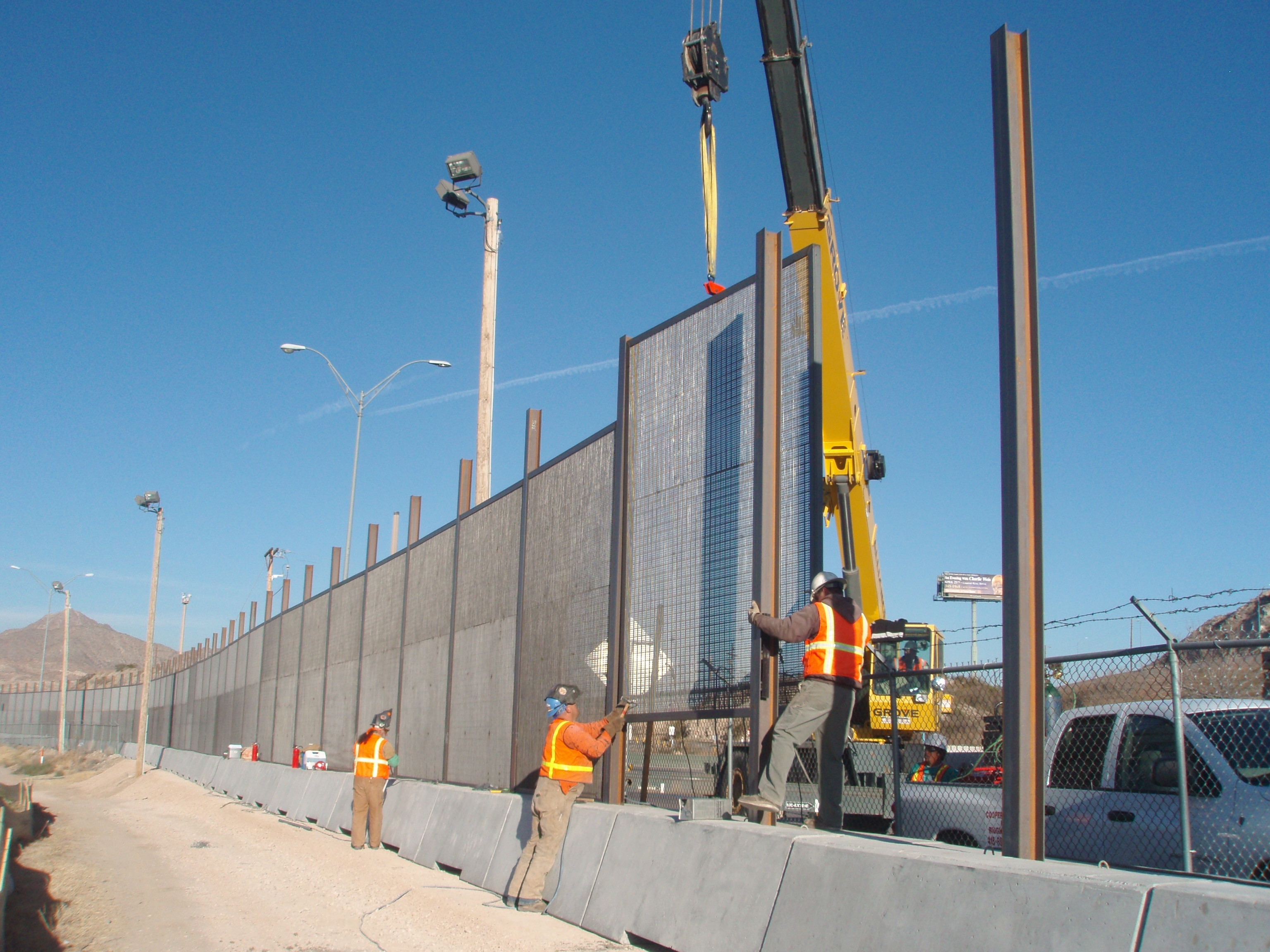 Calls for increased “border security,” often thinly disguised attempts to militarize the border between the U.S. and Mexico, are nothing new. But unfortunately, the hypersensitized nature of the political season has meant this issue is generating a great deal of heat, but not very much light.
Calls for increased “border security,” often thinly disguised attempts to militarize the border between the U.S. and Mexico, are nothing new. But unfortunately, the hypersensitized nature of the political season has meant this issue is generating a great deal of heat, but not very much light.
And this is happening at a time when illegal crossings of the Southern border are down to near record lows. There are plenty of factors for this, including the perception that the U.S. jobs market is no longer seen as the best hope for people in Mexico and Central America. I've written about the public discussion of increasing border security efforts recently in the context of the presidential election.
Into this super-charged environment comes a report that Border Patrol agents are unofficially calling for more fencing and a greater use of high-tech sensors on the border with Mexico. There is a long, and not very successful, history of attempts to control the border through more walls and fences which I won't rehash here. The reporting on this list is vague on details and apparently comes from a U.S. government study that has not been made publicly available but was undertaken during internal reviews of U.S. Customs and Border Protection budget requests. Ordinarily, I wouldn't pay much attention to this type of unofficial chatter about Border Patrol equipment “needs.”
But this type of list has caused trouble before. An unofficial “wish list” of sensors, towers and other military-grade equipment was embedded by the Senate into legislation whose original purpose was to reform the immigration system. That list, if the legislation had ever been signed into law, would have cost us at least $12 billion. So with that recent history in mind, it's wise for all of us who care about federal fiscal discipline to pay attention to this kind of list.
In fact, the military services have made an annual Kabuki dance of this process and call them the “Unfunded Priorities Lists.” Every year when the service chiefs are on Capitol Hill to testify on the president's budget request, they are directly asked if there is equipment or programs that they believe they need but that did not make it through the budget review process at either the Pentagon or the Office of Management and Budget. Of course, there are always such programs.
Years ago these programs were called Unfunded Requirements and had their own acronym, UFR – pronounced “Yoofer.” And you know something is real in the Pentagon when it has an acronym. This annual budget theater continued until one secretary of defense made the point that if it was a “requirement” it would have been funded in the president's budget. This changed the name of the lists to “unfunded priorities,” but except for a couple of years when Robert Gates was the secretary of defense and banned the practice, these unfunded lists have been used by the Hill to fund pet projects that drop out of the normal budget process.
Although there is precedent for these types of lists, I don't believe anyone would hold up the Pentagon requirements and budgeting process as shining examples of the right way to do things. In fact, the Pentagon process is not one I would recommend the rest of the federal government emulate.
But unofficial lists like these tend to make their way to Capitol Hill and members of Congress seize upon them as evidence that the “real” needs of the boots on the ground, in this case on the border, are not being met. In fact, these ad hoc processes only add to undisciplined spending of federal funds. That's something all taxpayers should be concerned about. I hope these practices aren't allowed to gain further traction on the Hill.
Ryan Alexander is president of Taxpayers for Common Sense.











